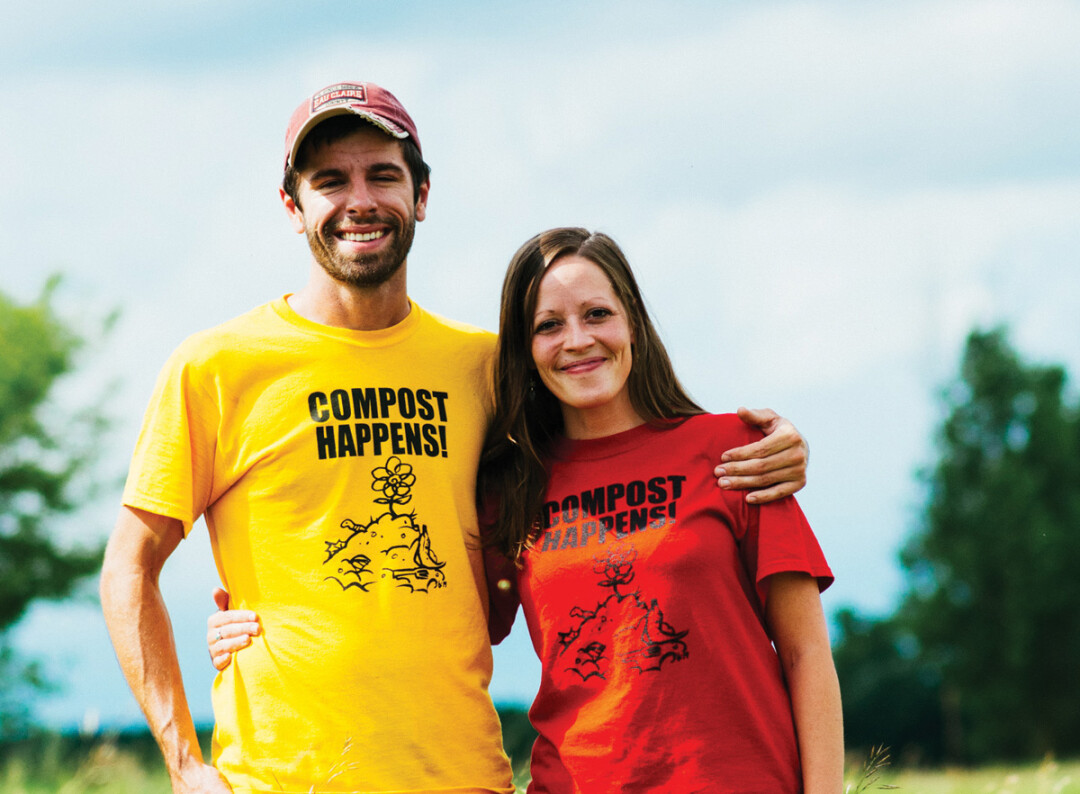Beginning the Journey to Zero Waste at Home

Zero is possible, but zero isn’t always easy. The reality is that we have only one Earth – one space to live, create, thrive. Understanding our footprint in this world is invaluable, yet it’s often a struggle, with the constant barrage of “what’s new” and that lingering feeling that perpetual consumerism has become a conditioned response to a stimuli, such as that TV ad telling us what the next product is something we just have to have. This article begins a journey of words, through documenting our experiences, failures to launch, and the important victories we achieve in life just by living in responsible ways. As we journey along together, learning from our experiences, we will shift focuses on different lifestyle areas while keeping a keen eye on our goal – that zero is possible.
[Zero waste] is really a concept and practice that helps make our families more resilient, our communities stronger, and our world a more healthy and natural place to live.
Many folks think that zero waste is some tree-hugging hippie thing, but it is really a concept and practice that helps make our families more resilient, our communities stronger, and our world a more healthy and natural place to live. The concept of zero waste – which the Grass Roots Recycling Network says “maximizes recycling, minimizes waste, reduces consumption, and ensures that products are made to be reused, repaired, or recycled back into nature or the marketplace” – is steadily gaining traction around the world. These days, there are endless resources to make living a lifestyle as close to zero as possible simple, fun, and rewarding.
While the thought of zero waste can be very overwhelming, small lifestyle changes can easily be implemented in your day-to-day routine that, over time, can make a huge difference. So here is some practical information that can be used alongside other resources to help you thrive in a zero world.
One of the simplest ways to have success on a zero-waste mission is to start small. Think of one area of your life that you could stand to make a small change in, and start there. Like most, you’ll likely find a sense of satisfaction in your accomplishments and will want to continue making changes in other areas of your life, sharing your experiences along the way.
Looking at areas such as the amount of garbage you and your family produce will help you get started. Now, you may be asking yourself, “How is looking at my family’s garbage an easy way to get started?” Well, you are largely in control of the volume of waste you generate based on awareness, financial practices (albeit necessary or discretionary), consumption practices, and general lifestyle preferences/practices. Taking a look at these areas will allow you to identify opportunities for change and simple ways you can begin this fun and exciting journey.
Here in America, we represent about 5 percent of the world’s population, but we generate about 30 percent of the world’s garbage. While statistics like this are great, all too often we are presented with facts and data that seem foreign to us and can be difficult to measure in relation to our daily lives. This is another goal of this article series: to present relevant, local information that can help us lead more informed lifestyles. For example, it may be more helpful to know that in Wisconsin, we generate enough trash each year to fill a city street 4 feet deep (curb to curb) for 575 miles or that the average two-person household in Eau Claire County generates approximately 26 pounds of waste every week!
Join us for this article series as we explore the key areas where you can implement zero waste initiatives in your life, to include financial, consumption, and general lifestyle preferences and practices. Together, we can learn to make changes that will inevitably impact the future of the world we live in for the better. Let us learn so we can teach our children and our children’s children how to care for our most precious resource, Earth.




















